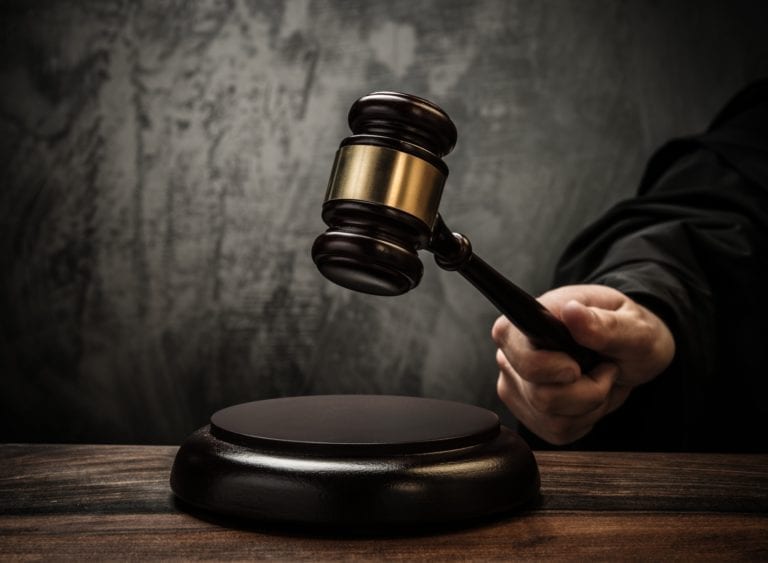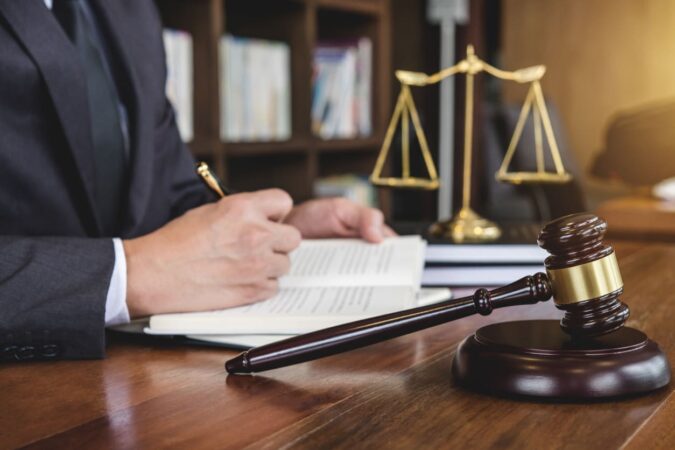
Overview of Minnesota Personal Injury Law

Minnesota personal injury law is a complex legal framework that governs civil lawsuits involving physical or emotional harm caused by the negligence or intentional acts of another party. Understanding the key principles of this legal framework is crucial for both victims seeking compensation and defendants facing liability claims.
The Minnesota Statute of Limitations for personal injury cases generally requires that a lawsuit be filed within two years from the date of the injury. However, there are exceptions to this rule, such as in cases involving minors or mental incapacity. Additionally, Minnesota law recognizes various defenses to personal injury claims, including contributory negligence and assumption of risk.
Statute of Limitations
The statute of limitations is a crucial aspect of personal injury law, as it sets a time limit within which a lawsuit must be filed. In Minnesota, the statute of limitations for personal injury cases is generally two years from the date of the injury. This means that if a victim fails to file a lawsuit within this time frame, their claim may be barred.
Defenses to Personal Injury Claims
Defendants in personal injury cases may raise various defenses to avoid liability. One common defense is contributory negligence, which means that the victim’s own negligence contributed to the accident or injury. Another defense is assumption of risk, which means that the victim knowingly and voluntarily assumed the risk of injury by engaging in a particular activity.
Damages in Personal Injury Cases
In personal injury cases, victims may be entitled to various types of damages, including compensatory damages, punitive damages, and nominal damages. Compensatory damages are intended to compensate the victim for their losses, such as medical expenses, lost wages, and pain and suffering. Punitive damages are awarded in cases of particularly egregious conduct to punish the defendant and deter similar behavior in the future. Nominal damages are awarded in cases where the victim has suffered no actual damages but is still entitled to some form of legal recognition for the wrong committed against them.
Types of Personal Injury Cases
Minnesota personal injury lawyers handle a wide range of cases involving physical or psychological harm caused by the negligence or wrongdoing of another party.
Some common types of personal injury cases include:
Car Accidents
- Rear-end collisions
- Head-on collisions
- Side-impact collisions
- Rollover accidents
- Pedestrian and bicycle accidents
Slip-and-Fall Incidents
- Falls on wet or icy surfaces
- Falls from heights
- Falls due to defective flooring or stairs
Medical Malpractice
- Surgical errors
- Misdiagnosis or delayed diagnosis
- Medication errors
- Birth injuries
Other Types of Personal Injury Cases
- Product liability
- Wrongful death
- Dog bites
- Assault and battery
- Defamation
Choosing a Minnesota Personal Injury Lawyer
When you’ve been injured in an accident, choosing the right personal injury lawyer can make a big difference in the outcome of your case. Here are a few factors to consider when making your decision:
- Experience: You want to choose a lawyer who has experience handling personal injury cases similar to yours. This will give you peace of mind knowing that they are familiar with the laws and procedures involved in your case.
- Reputation: It’s also important to choose a lawyer with a good reputation. You can read online reviews or ask for referrals from friends or family members to get an idea of what others have said about their experiences with different lawyers.
- Fees: Personal injury lawyers typically work on a contingency fee basis, which means that you don’t have to pay them any money upfront. Instead, they will take a percentage of your settlement or verdict if you win your case.
The Personal Injury Claims Process
Navigating the personal injury claims process in Minnesota involves several distinct stages, from pre-litigation negotiations to discovery and, if necessary, trial.
Pre-litigation negotiations often begin with the injured party filing a demand letter outlining their injuries, damages, and compensation sought. The defendant’s insurance company may respond with an offer, leading to potential settlement negotiations.
Discovery
If settlement negotiations fail, the case may proceed to discovery, a phase where both parties exchange information and evidence related to the accident.
- Interrogatories: Written questions that must be answered under oath.
- Requests for Production: Demands for specific documents or other tangible evidence.
- Depositions: Sworn testimony given outside of court.
Trial
If the case cannot be resolved during discovery, it may proceed to trial. During trial, both parties present their evidence and arguments before a judge or jury.
- Opening Statements: Attorneys present an overview of their case.
- Presentation of Evidence: Witnesses testify, and documents are submitted.
- Closing Arguments: Attorneys summarize their case and urge a favorable verdict.
- Jury Deliberation and Verdict: In most cases, a jury decides the outcome of the trial.
Damages in Personal Injury Cases

In Minnesota, individuals who suffer injuries due to the negligence or wrongful conduct of another party are entitled to seek compensation for their losses. Damages in personal injury cases aim to make the victim whole by restoring them to the position they would have been in had the injury not occurred.
There are several types of damages that can be recovered in Minnesota personal injury cases:
Compensatory Damages
- Economic Damages: Reimburse the victim for quantifiable expenses incurred as a result of the injury, such as medical bills, lost wages, and property damage.
- Non-Economic Damages: Compensate the victim for intangible losses, including pain and suffering, emotional distress, loss of enjoyment of life, and loss of reputation.
Punitive Damages
Awarded in rare cases where the defendant’s conduct was particularly egregious or reckless, with the intent of punishing the defendant and deterring similar behavior in the future.
Nominal Damages
A small sum awarded when the plaintiff has suffered a legal injury but has not incurred any actual damages. This serves to acknowledge the violation of the plaintiff’s rights.
Settlement and Trial
In Minnesota personal injury cases, settlement negotiations typically begin after the injured party has filed a claim with the insurance company of the at-fault party. The insurance company will then assign an adjuster to the case, who will review the claim and make an initial settlement offer. The injured party can then negotiate with the adjuster to try to reach a fair settlement.
There are several advantages to settling a personal injury case. First, it can save time and money. Going to trial can be a long and expensive process, and there is no guarantee that the injured party will win. Second, settling can allow the injured party to avoid the stress and uncertainty of a trial. Third, settling can help to preserve the relationship between the injured party and the at-fault party.
However, there are also some disadvantages to settling a personal injury case. First, the injured party may not receive as much money as they would if they went to trial. Second, settling can prevent the injured party from holding the at-fault party accountable for their actions. Third, settling can make it difficult to pursue additional claims in the future.
Factors to Consider When Deciding Whether to Settle or Go to Trial
- The strength of the case
- The amount of damages
- The cost of going to trial
- The potential for a favorable verdict
- The injured party’s personal preferences
Resources for Minnesota Personal Injury Victims

Personal injury victims in Minnesota have access to a range of resources to help them navigate the legal process and recover from their injuries. These resources include legal aid organizations, support groups, and government agencies.
Legal Aid Organizations
Legal aid organizations provide free or low-cost legal assistance to low-income individuals and families. These organizations can help victims with a variety of legal issues, including personal injury claims. Some of the legal aid organizations in Minnesota that can help personal injury victims include:
- Legal Aid Society of Minneapolis
- Mid-Minnesota Legal Aid
- Southern Minnesota Regional Legal Services
- Volunteer Lawyers Network
Support Groups
Support groups can provide personal injury victims with emotional support and guidance. These groups can help victims connect with others who have gone through similar experiences and can provide a safe space to share their thoughts and feelings. Some of the support groups in Minnesota that can help personal injury victims include:
- Brain Injury Association of Minnesota
- Minnesota Spinal Cord Injury Association
- National Organization for Victim Assistance
- Parents of Amputee Children
Government Agencies
Government agencies can provide personal injury victims with information and assistance. These agencies can help victims with a variety of issues, including filing a claim, getting medical treatment, and finding financial assistance. Some of the government agencies in Minnesota that can help personal injury victims include:
- Minnesota Department of Commerce
- Minnesota Department of Health
- Minnesota Department of Human Services
- Minnesota Office of the Attorney General
These are just a few of the resources available to personal injury victims in Minnesota. By accessing these resources, victims can get the help they need to recover from their injuries and rebuild their lives.





